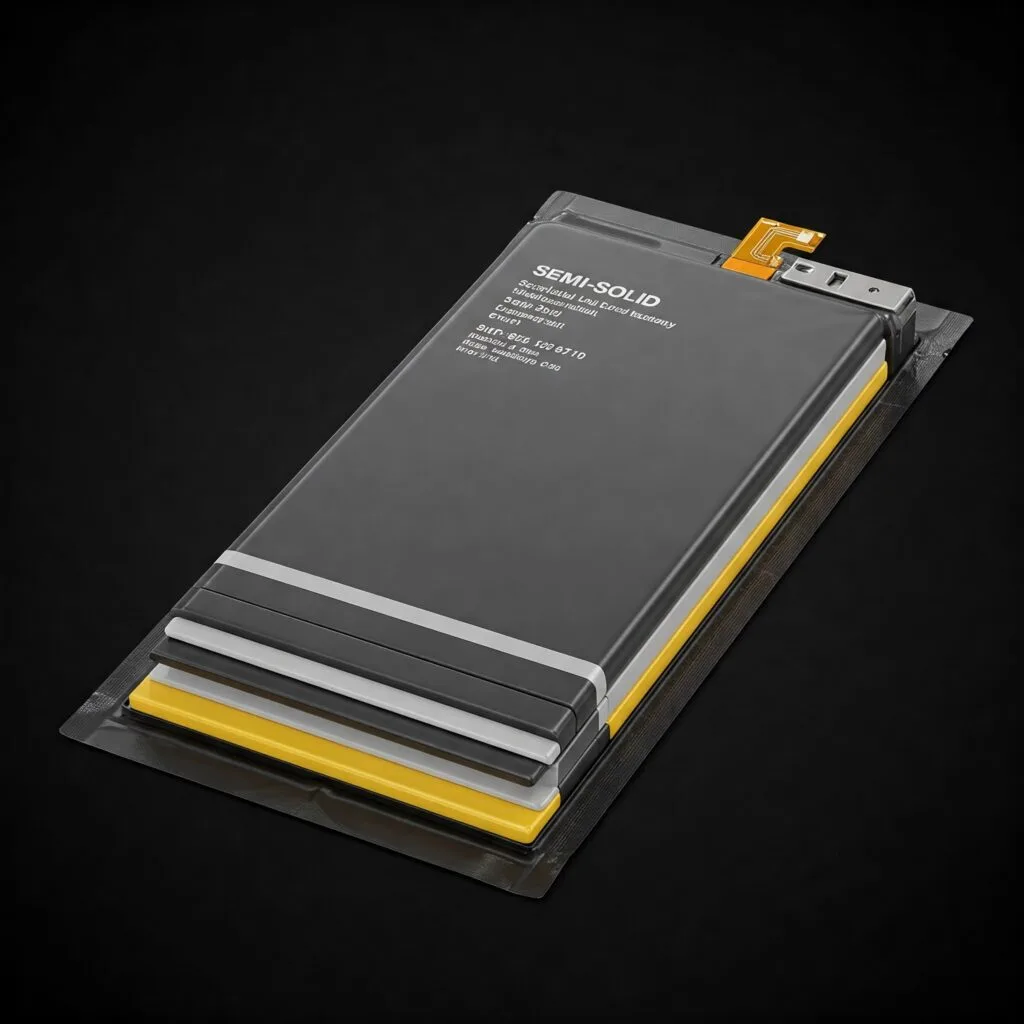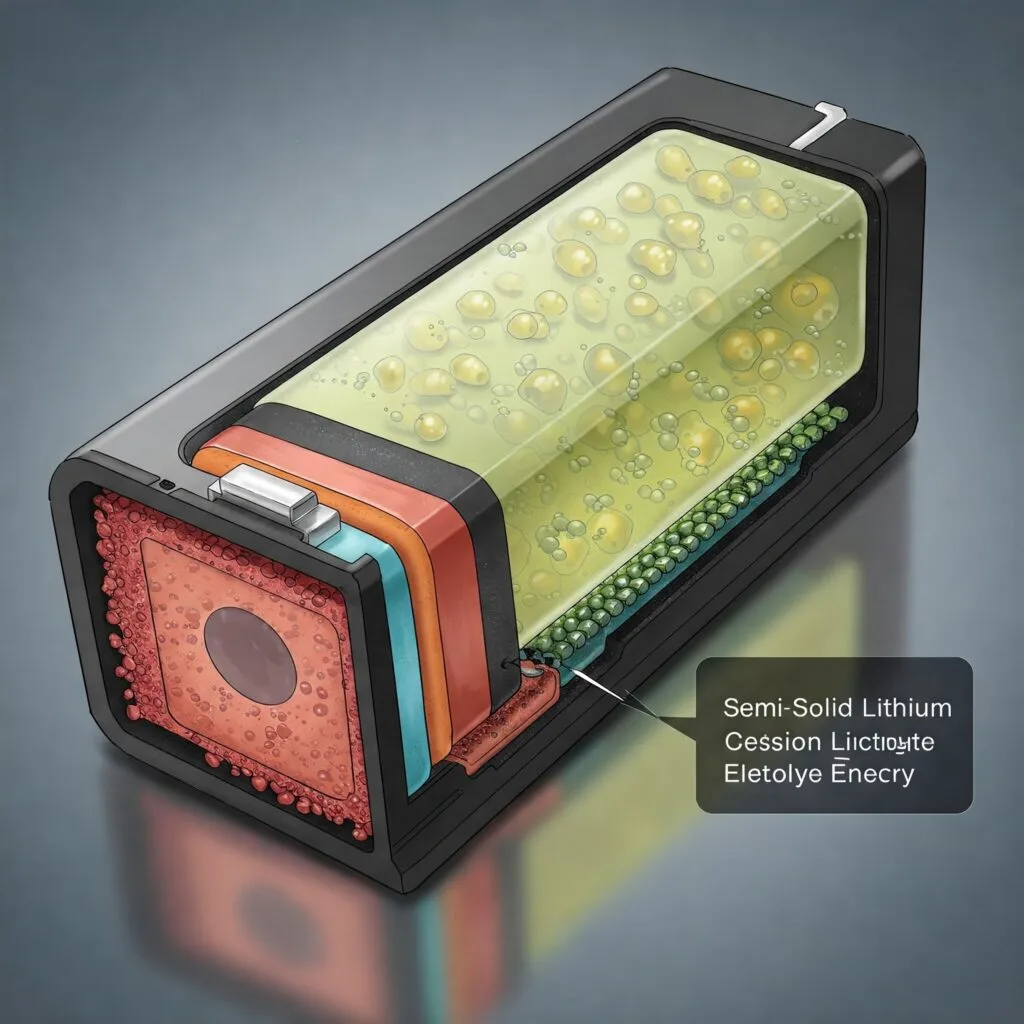Salesmanship: In today’s fast-paced business world, it’s common for companies to receive daily calls, emails, or messages from eager salespeople offering products and services. Their pitch is usually the same: “We’d like to be your supplier,” or “We’d love you to switch from your current supplier and give us a try.” The message sounds promising at first, but often, it ends there. They offer no real insights, no differentiators, and no understanding of your company’s needs.
Instead, they just say, “If you need anything, contact us.” But here’s the critical question: how could you trust a company that doesn’t care enough to research you, your business, or the product needs you might have? How can you be sure that they will deliver on their promises when their own sales team lacks the skills, knowledge, and commitment to make your business a priority?
In this blog post, we will explore why such careless sales tactics not only fail to impress but could also be a huge red flag when it comes to choosing the right supplier.
The Importance of Salesmanship: A Reflection of the Company’s Values
Salespeople are often the first and most direct interaction a potential customer has with a company. They are the face and voice of the business, responsible for creating the first impression. When a salesperson contacts you without a clear understanding of your business needs or fails to showcase what their company can offer differently, it reflects poorly on the company they represent.
Sales are about relationships, not just transactions. A salesperson’s ability to communicate the advantages of their product, how it meets your specific requirements, and why it’s superior to what you’re currently using is critical. A salesperson who doesn’t take the time to learn about your business and craft a tailored message is likely not representing a company that values relationships and customer satisfaction.
If they don’t care about what you need, how can they care about delivering a quality product or service? If their approach to sales is this lackluster, it’s reasonable to question whether they can offer the kind of long-term value you need from a supplier.
The Risk of Inadequate Product Knowledge and Competitor Analysis
A successful salesperson doesn’t just push a product—they demonstrate why it is the right solution for your business. This means they need to know their product inside and out, understand how it compares to the competition, and be prepared to explain the benefits clearly.
When a salesperson simply offers their products without any information about why they’re better than your current suppliers, you’re left to wonder: Is this company even prepared to meet your specific needs? Have they done any market research to understand how their products stack up against your current suppliers?
Any business owner or procurement manager knows that making an informed decision requires comparing options. A salesperson who doesn’t offer any comparative data or a detailed analysis of their product’s advantages over your current supplier’s offerings might be hiding a lack of product innovation, poor quality, or insufficient customer service. Worse, if they can’t provide these details, it’s a clear sign that they haven’t done their homework—or worse, they might not even have a clear understanding of their own offerings.
A Lack of Customization Is a Major Red Flag
A key aspect of a strong sales pitch is personalization. Salespeople who care about your business will take the time to understand your specific pain points, requirements, and goals. They will customize their pitch to show how their product or service will help you achieve your objectives.
If a salesperson simply reaches out and says, “If you need anything, contact us,” with no indication of how their products can help your business, it’s a clear sign that they’re either too lazy or unqualified to tailor their offerings to your unique needs. In today’s competitive business landscape, this lack of effort is unacceptable. Your business deserves a supplier who takes the time to understand your challenges and offers you solutions designed to address them directly.
Furthermore, when a company fails to personalize its approach, it suggests they are not committed to long-term partnerships. Business relationships require a deep understanding of each other’s operations and goals. If a salesperson doesn’t show that they’re invested in your success, it’s unlikely that the company they represent will be either.
The Importance of Relationship Building and Trust
Building trust is the foundation of any business relationship. The process of switching suppliers or choosing a new one is often complex and risky. It requires confidence in the products, services, and customer support that the supplier can offer. Trust doesn’t come from generic, impersonal sales pitches; it comes from ongoing, thoughtful engagement and a genuine interest in your company’s success.
If a salesperson contacts you with nothing but a vague “contact us if needed,” they’re failing to build that trust. They’re not providing you with any reason to believe that their company can be a reliable, long-term partner. In essence, they’re not selling the company—they’re just pushing a product.
A supplier who cares about building a lasting relationship will offer a detailed understanding of your business needs and a comprehensive plan on how they can meet them. This could include tailored pricing options, customized delivery schedules, or providing after-sales support. A real salesperson doesn’t just say, “Contact us if you need us.” They say, “Here’s how we can make your life easier by addressing these specific pain points you’re facing.”
The Role of the Salesperson in Creating the Company Image
Salespeople don’t just sell products; they sell the image and values of the company they represent. If a salesperson doesn’t exhibit professionalism, skill, and expertise, how can you expect the company they represent to perform any better?
Companies that care about their customers will ensure that their sales team is highly trained, knowledgeable, and equipped to handle complex queries. A company that doesn’t invest in its salespeople’s abilities is likely to have a subpar product or service as well. This is a clear indication that they don’t prioritize quality or customer satisfaction.
When you work with a supplier, you’re essentially outsourcing a part of your business to them. The salesperson who contacts you today is the face of that company tomorrow. A company that doesn’t care about improving the skills and knowledge of its sales team is not a company you want to entrust with your business needs.
Why You Should Demand More from Your Suppliers
At the end of the day, when choosing a supplier, you’re looking for someone who will understand your needs, offer the best possible solutions, and work with you as a strategic partner. If a company can’t even get the basics of sales right—like conducting research on your business, comparing products to competitors, or demonstrating the value of their products—how can they possibly be expected to meet your other requirements?
A supplier should be someone who is proactive, someone who is eager to improve your business, not just someone who throws a product at you and waits for you to reach out. As a business owner or procurement manager, you deserve suppliers who understand your pain points and proactively offer solutions that will drive your business forward.
Conclusion: Don’t Settle for Mediocre Salesmanship
Choosing a supplier is a big decision, and you can’t afford to take it lightly. If a salesperson doesn’t take the time to understand your business, compare their products with your current suppliers, or demonstrate how their offerings can benefit you, it’s a clear indication of a company that doesn’t care enough about its customers.
You deserve better than a generic sales pitch. You deserve a supplier who will invest the time to understand your needs and offer solutions that genuinely add value. So, next time a salesperson contacts you with a bland “contact us if needed,” take a moment to consider: If they can’t even put in the effort to convince you of their value, why should you put in the effort to work with them?
The right supplier will show you why they are the best choice for your business. Don’t settle for less. Your business deserves nothing less than a committed, knowledgeable, and professional partner.





